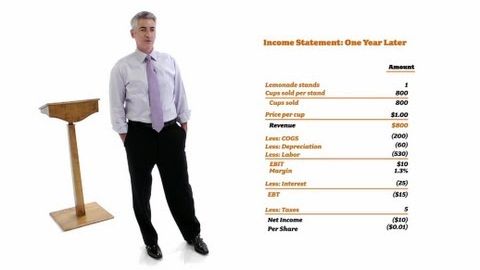
字幕と単語
ウィリアム・アックマン:1時間以内に金融と投資について知る必要があるすべてのこと (William Ackman: Everything You Need to Know About Finance and Investing in Under an Hour)
00
郎奇多 が 2021 年 01 月 14 日 に投稿保存
動画の中の単語
assume
US /əˈsum/
・
UK /ə'sju:m/
- v.t.(人を騙すために)ふりをする : 装う;仮定する : 推測する;(責任 : 任務などを)負う : 引き受ける
A2 初級TOEIC
もっと見る エネルギーを使用
すべての単語を解除
発音・解説・フィルター機能を解除
